Designing a semi-trailing arm involves a detailed understanding of mechanical engineering, materials science, and vehicle dynamics. Our comprehensive approach will illuminate various aspects of this critical component, providing you with an invaluable resource for production excellence. This guide will explore the intricate factors involved in design, including performance requirements, material selection, manufacturing processes, and testing methodologies, thereby equipping manufacturers like you with the knowledge needed to excel in this industry.
Understanding Semi-Trailing Arms
Definition and Functionality
A semi-trailing arm is an essential component in the suspension systems of various vehicles, including trucks, SUVs, and passenger cars. This design allows for vertical wheel motion while maintaining lateral stability, which is crucial for the vehicle’s handling and cornering abilities. The arm operates in a semi-trailing manner, meaning it allows the wheel to move up and down while also permitting a certain degree of sideways motion, which is beneficial during cornering.
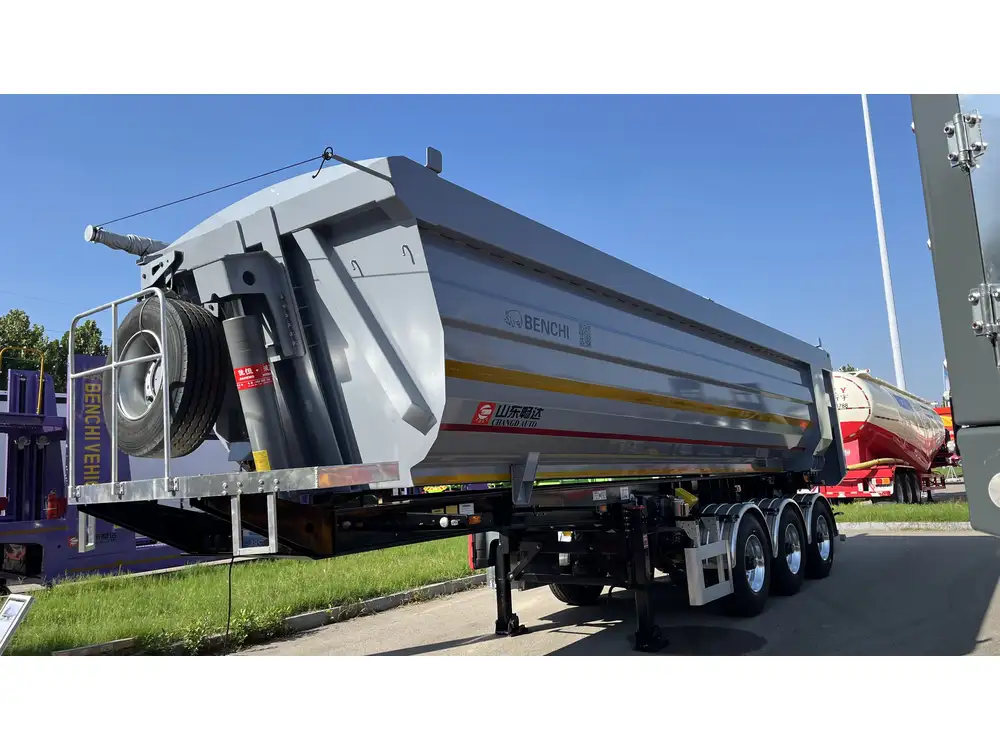
Key Benefits of Using Semi-Trailing Arms
- Enhanced Ride Quality: By adapting to road contours, semi-trailing arms improve passenger comfort.
- Suspension Geometry: They maintain optimized wheel alignment during suspension travel.
- Load Distribution: These arms help in evenly distributing loads across the axle, enhancing durability.
- Lateral Stability: With their unique design, they play a vital role in maintaining vehicle stability during dynamic maneuvers.
Applications in Vehicles
| Vehicle Type | Common Use |
|---|---|
| Trucks | Heavy-duty transportation |
| SUVs | Off-road capabilities |
| Passenger Cars | General road use and performance stability |
Design Considerations for Semi-Trailing Arms

Structural Analysis
The design process commences with a thorough structural analysis. It is essential to consider stress factors that the semi-trailing arm will encounter, including:
- Tensile and Compressive Forces: Understanding the forces during operation helps in determining the mechanical characteristics needed.
- Bending Moments: Evaluating how the arm will bend under load to prevent failure.
- Shear Forces: Analyzing possible shear moments to increase stability.
Material Selection
Material choice plays a crucial role in the performance and durability of semi-trailing arms. Common materials include:
- High-Strength Steel: Provides optimal strength and ductility at a reasonable cost.
- Aluminum Alloys: Offers a lightweight alternative, enhancing fuel efficiency without sacrificing strength.
- Composite Materials: Innovative composites may provide advanced properties for specific applications but often involve higher production costs.
| Material Type | Advantages | Disadvantages |
|---|---|---|
| High-Strength Steel | Cost-effective; easy to weld | Heavier than alternatives |
| Aluminum Alloys | Lightweight; corrosion-resistant | More challenging to process; costlier |
| Composite Materials | Excellent strength-to-weight ratio | Higher costs; complex manufacturing process |
Suspension Geometry
The geometry of the suspension system directly impacts vehicle handling. Essential parameters to consider include:
- Camber Angle: The tilt of the wheel, which can affect traction and tire wear.
- Toe Angle: The direction the wheels face, critical for steering precision.
- Roll Center: The point in space around which the vehicle rolls in response to lateral forces.
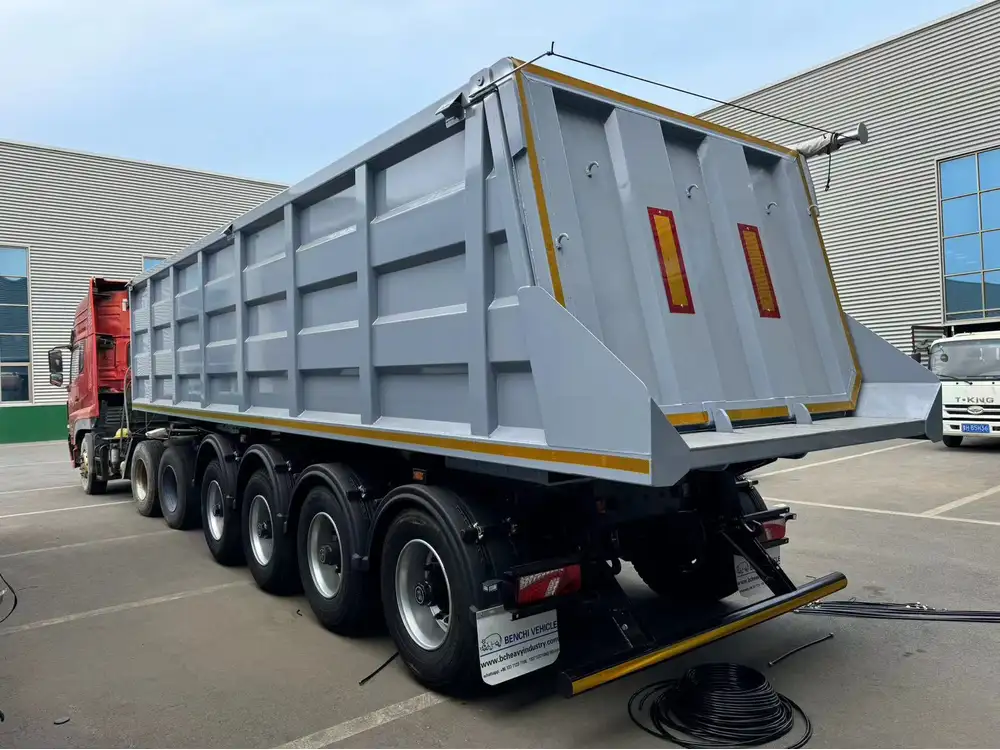
Simulation and Prototyping
Utilizing Computer-Aided Design (CAD) software and Finite Element Analysis (FEA) tools is imperative for modeling and simulating performance under various conditions. This process allows manufacturers to:
- Identify Weak Points: Early detection of potential failure modes.
- Optimize Design: Refinement of arm shapes and sizes to achieve the best performance.
- Cost-Efficiency: Reducing material waste during the manufacturing process.
Manufacturing Processes
Understanding the manufacturing techniques available is vital to producing semi-trailing arms effectively. Some common processes include:
- Stamping: Using molds to create components from sheet metal, ideal for high-volume production.
- Forging: Enhancing the physical properties of the metal through deformative processes, suitable for high-strength applications.
- Welding: Joining components together using heat, necessitating skilled labor to ensure quality.
- Casting: Pouring molten metal into a mold, providing complex shapes and precise tolerances.
| Manufacturing Process | Description | Best Use Case |
|---|---|---|
| Stamping | Creates uniform shapes from sheets | High-volume production |
| Forging | Increases material strength | Heavy-duty applications |
| Welding | Joins components using heat | Custom builds and repairs |
| Casting | Molds molten metal into specific shapes | Complex designs |
Testing and Quality Control
The importance of rigorous testing cannot be understated in the design of semi-trailing arms. Comprehensive testing methods include:
- Static Load Testing: Assessing the arm’s capacity to withstand load without significant deformation.
- Dynamic Testing: Understanding how well the arm performs under real-world conditions with varying loads.
- Durability Testing: Examining the long-term performance of the semi-trailing arm, ensuring longevity and reliability.
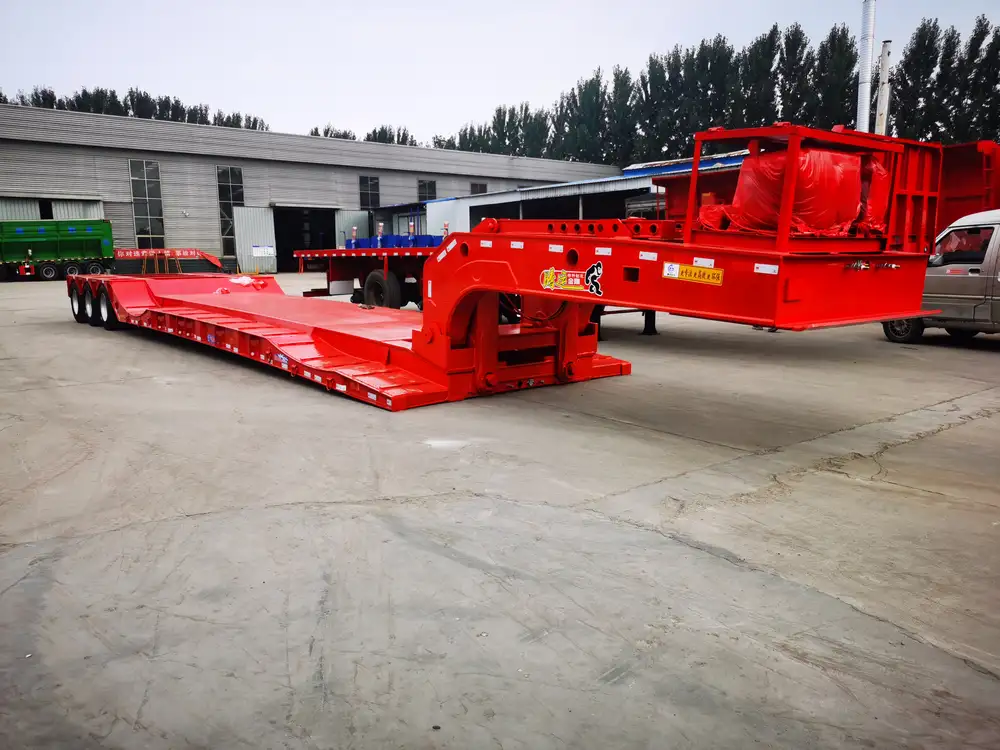
Industry Standards and Certifications
Compliance with industry standards is crucial. Ensure that your designs meet the guidelines set by various organizations, such as:
- ISO 9001: Standards for quality management systems.
- SAE International: Provides recommended practices for automotive engineering.
- FMVSS (Federal Motor Vehicle Safety Standards): Ensures safety compliance for parts used in vehicles.
Common Challenges in Designing Semi-Trailing Arms
Complexity in Design Adjustments
Modifications to existing designs can present numerous challenges. Engineers must carefully balance changes that improve performance without compromising structural integrity.
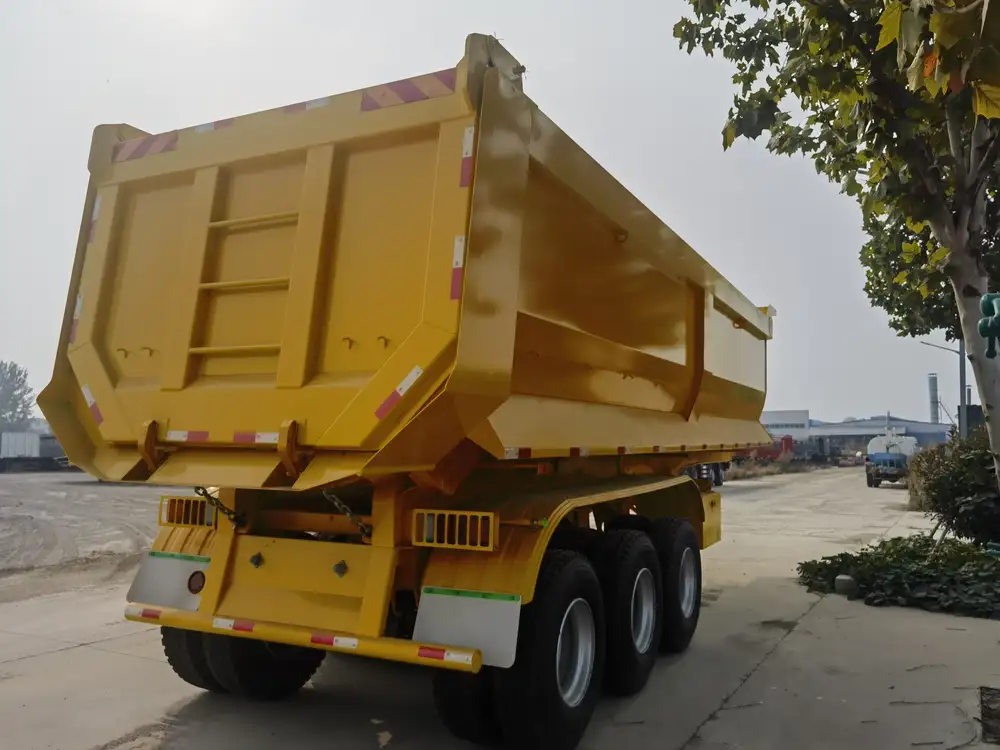
Cost Constraints
Budget limitations can often restrict the choice of high-quality materials or advanced manufacturing processes. It’s essential to innovate within these constraints without sacrificing quality.
Regulatory Compliance
Navigating the complex landscape of automotive regulations can be daunting, necessitating ongoing consultation with standards organizations to ensure compliance throughout the design and manufacturing process.
Future Trends in Semi-Trailing Arm Design
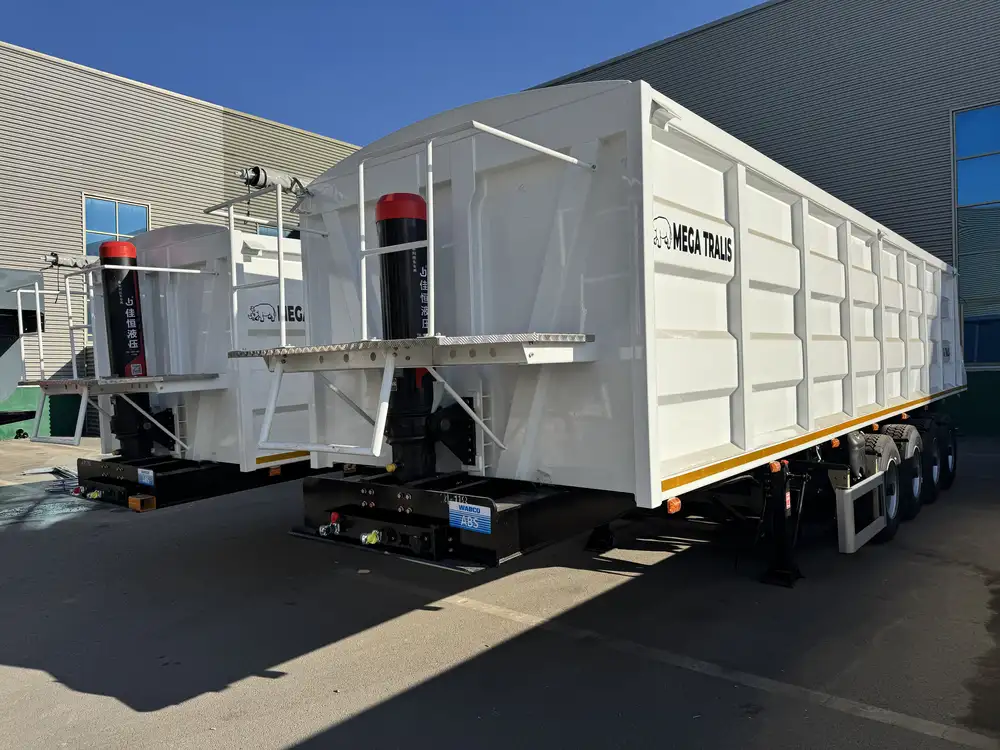
Advanced Materials
With a growing emphasis on lightweight components, the future may see an increase in the use of advanced composites and alloys that provide enhanced characteristics without the weight penalties associated with conventional materials.
Smart Technology Integration
The advent of smart technology in vehicles, including real-time monitoring systems, might soon extend to semi-trailing arms. Integrating sensors to gather operational data could enable proactive maintenance and improved safety measures.
Sustainability Focus
As the automotive industry increasingly adopts sustainable practices, designers may prioritize eco-friendly materials and manufacturing processes. This shift will not only cater to consumer demand but also guide manufacturers towards responsible practices.

Conclusion
Designing a semi-trailing arm is a multifaceted endeavor requiring a strong grasp of engineering principles, material science, and modern manufacturing techniques. By comprehensively understanding the structural requirements, material implications, and testing standards, manufacturers can create superior components that enhance vehicle performance and safety.
In summary, focusing on continuous improvement through advanced simulations, rigorous testing, and adherence to industry standards will bolster your competency as a leader in the semi-trailer market. Adapting to new trends and integrating innovative technologies will pave the way for future success, ensuring that your semi-trailing arms remain at the forefront of automotive engineering.



